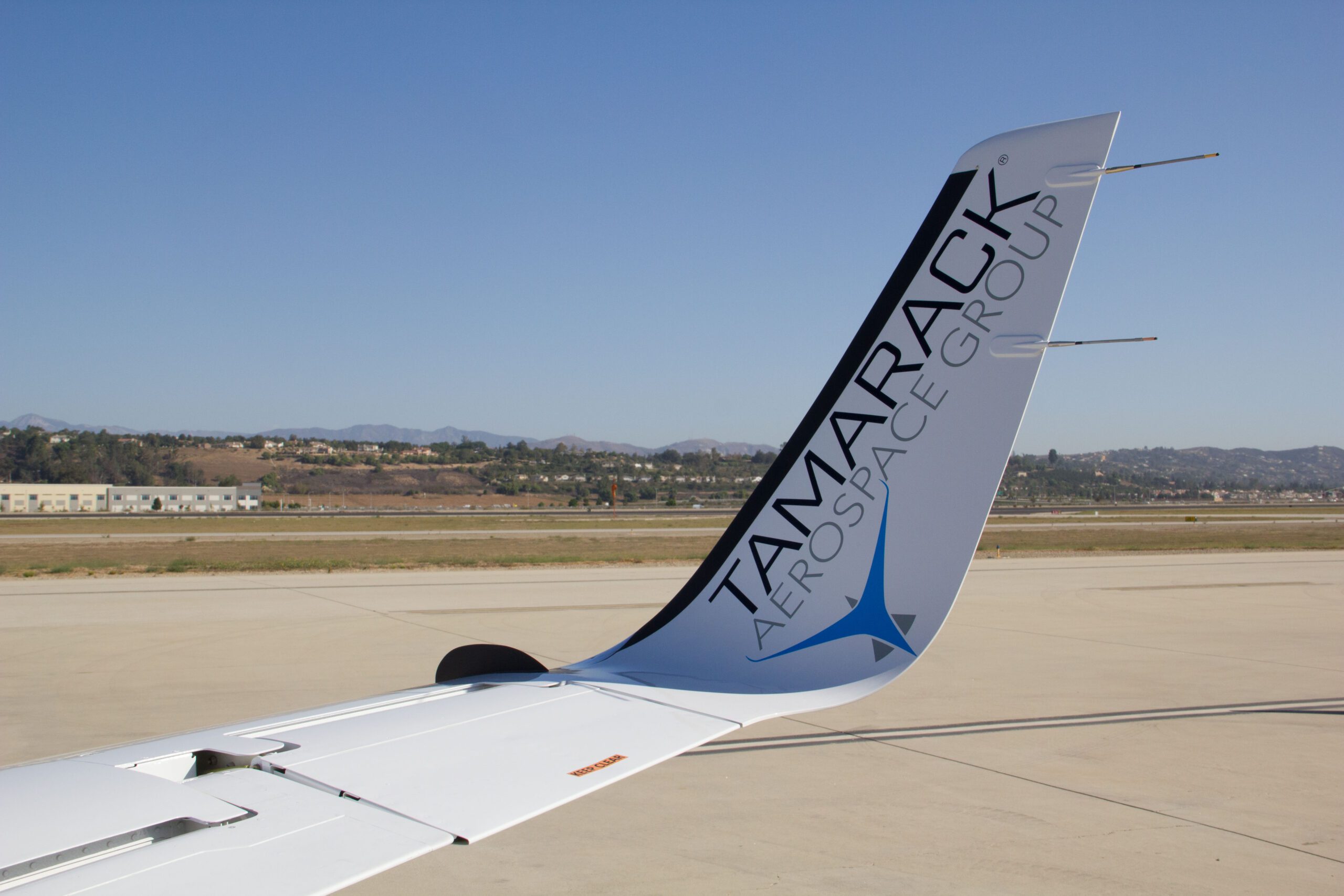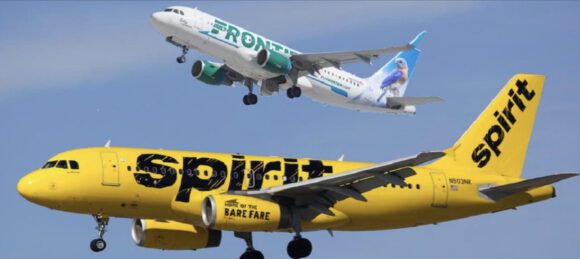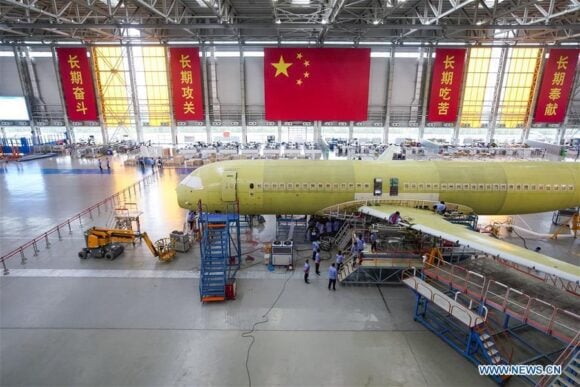
tamarack active winglets 2 scaled 1
Airlines need fuel-saving technologies. Commercial airlines face continuing challenges of high fuel costs and environmental performance, particularly for those in the EU, where rising fuel taxes and pressures to “go green” are strongest. The solution in the near term is to acquire the latest, more fuel-efficient aircraft that offer about 15% better fuel economy per seat. A fuel-saving technology with similar results could reduce new aircraft demand.
The problem is that there is a seven-year backlog if you order a new airplane. Getting a new delivery quickly isn’t happening as the industry falls short of ramp-up goals in the post-pandemic environment.
The next generation of aircraft isn’t expected until 2035–2040. Airbus and Boeing want financial returns from their current narrow-body variants, and the propulsion and environmental technologies for the next generation aren’t ready. Gains will undoubtedly be made with the next generation of aircraft from propulsion, advanced materials, and aerodynamics. Tomorrow’s aircraft may not even look like those of today.
Suppose you took delivery of a late model from the previous generation, for example, an A321ceo or 737-800NG. For aircraft five to ten years old, their economic life may be substantially shorter than initially planned, impacting residual values. How does an operator reduce costs, improve fuel savings and environmental performance, and extend the life of such aircraft? Is there any technology that helps with this challenge to allow operators to close the gap with hard-to-get newer models?

A technology solution from Tamarack Aerospace might meet that challenge. The company has developed proprietary active winglet technology. That technology includes a wing extension and a new winglet that improves the wing aspect ratio. The solution includes load alleviation and reducing wing stress.
The result is that Tamarack’s technology provides benefits like the truss-braced wing NASA and Boeing are developing for the next generation of narrow bodies without the added weight and complication of the strut.
While the company is pursuing STCs for single-aisle commercial aircraft, its technology has been proven on business jet aircraft. Over 180 shipsets are installed on Cessna Citation Jet 525 models. On the CJ1, the aircraft’s range increases from three to four hours. That is a massive fuel savings improvement. Owners/operators are flocking to the solution. Tamarack set an NAA record with a fly-off against a flat wing. The company is also flying a prototype Beechcraft King Air which recently set a new distance record.
The improved performance is accomplished by the higher aspect ratio wing enabling faster climb to altitude, without step-climb. The aircraft reaches higher, more fuel-efficient altitudes faster. The result is astonishingly improved fuel savings. With commercial airliners, Tamarack modeling estimates gains of 10%-14%. That makes their active winglets a disruptive technology, enabling older aircraft to remain competitive compared with the latest models.
While the technology is proven, its introduction included a fatal accident in 2018 that was blamed on Tamarack by the NTSB, which Tamarack is appealing. Meanwhile, Tamarack also overcame a false report of an incident in the UK in 2019. That false report (no damage or injuries involved) resulted in the Tamarack fleet being grounded for about two months. In June 2019, the grounding triggered Tamarack to voluntarily enter Chapter 11 and reorganize. In July 2019, the grounding was lifted, and in mid-2021, Tamarack emerged from Chapter 11, having paid its creditors. The company is back delivering active winglets, and now has about 10% of the Cessna 525 fleet.
The potential market for single-aisle airliners that could benefit from the Tamarack solution is large. More than 10,000 active older narrow-body jets could benefit from an active winglet installation, as shown in the following table from ch-Aviation.

Skailark data show a significant fuel burn reduction of 16% on the A320neo over the A320ceo, and 15% on the MAX8 over the 737-800NG. If the Tamarack active winglet retrofit provides 14% efficiency gains, this benefit can occur faster than a new delivery. Airlines would extend the economic life of their current active asset, with no new spares or training costs.
With the ability to improve the wing aspect ratio without additional structure and weight, the Tamarack active winglet solves a critical problem: reducing high (45%) fuel burn operating costs. This brings a Tamarack-equipped 737-800NG and A320ceo close to the performance of the newest models. Tamarack estimates an ROI of under three years.
What do such fuel savings mean? Take Ryanair as an example, with 407 -800NGs in service. Saving 14% on the fuel bill means approximately $438m saved annually. Southwest’s 14% savings on their 207 -800NG and 429 -700NG fleets could save $885m annually. These numbers are attractive and deserve investigation by single-aisle airliner operators. If the current winglets are attractive, offering ~5%, then how much more so at 14%?
The Bottom Line
Aircraft operators may not need to wait 5-7 years for a new airplane to improve economic and environmental performance. Modifying and extending the economic life of existing airplanes offers a quicker way to generate fuel burn and emissions savings. This technology is a potential game changer for airlines, particularly in areas of the world in which used, rather than new, aircraft predominate.
Views: 13



